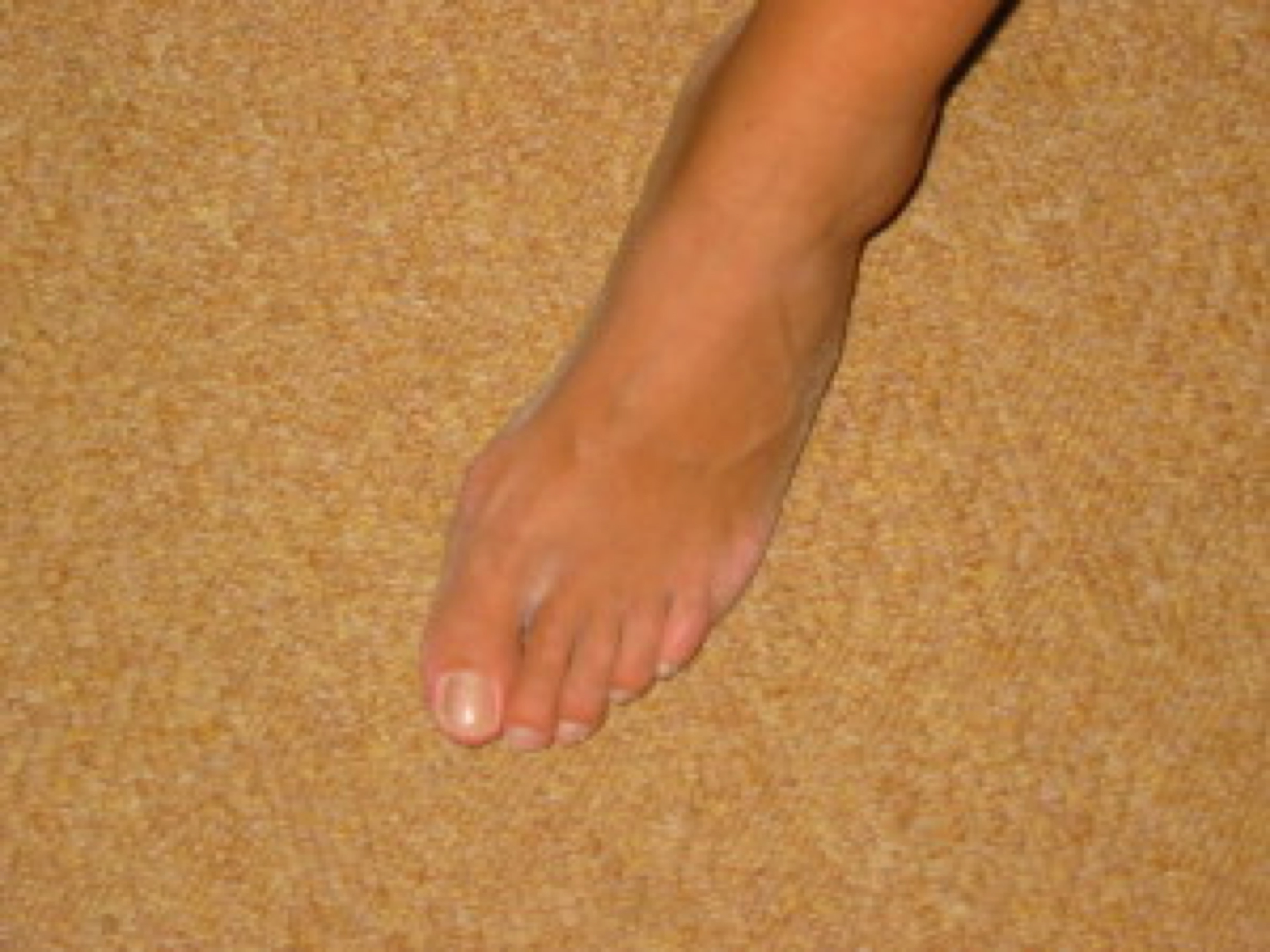How to Get Rid of Ingrown Toenails

Ideally, it is best to visit a podiatrist to take care of your ingrown toenail, as soon as you notice it, but this is not always possible. There are ways to treat it at home to avoid all the pain and discomfort and we share 3 different methods with you...
Method 1
- Soak your foot in a mixture of hot water and Epsom salt for 15 to 30 minutes at least twice a day to soften the toenail and prevent the ingrown nail from becoming infected.
- Prepare the following equipment: a cotton ball, nail clippers, a pair of tweezers and a pointed tool (such as the one used to remove cuticles). All of these metal tools should be sterilized first. Trim your toenail straight across while taking extra care around the ingrown section. Toenails that are rounded off have an increased chance of growing into the skin, causing ingrown nails.
- Remove a small piece of cotton with the tweezers and hold it at the corner of the toenail that is ingrown. Use your pointy tool to push the cotton under your toenail into the corner but avoid pushing too hard. Firmly but gently pack as much cotton as is comfortable. Remove cotton daily to clean area and replace with new cotton to reduce risk of infection. Apply an infection-preventing product at the same time and keep it bandaged.
- Keep the foot bare when you are at home to give it some air.
- Repeat the process every day to replace the cotton so that the toe does not become infected. Change to every second day if it is painful but continue to check daily for any sign of infection.
Method 2
- Soak your foot in a warm water with an added one or two cupfuls of povidone iodine (so that it is the color of iced tea). Povidone iodine is an organic iodine solution. It's safe, non-toxic, antifungal, antibacterial, antimicrobial and anti-yeast and it will fight infection and fungus while forming a layer of protection.
- Tie a thin slice of lemon onto the toe with gauze and leave overnight. The acidity of the lemon helps fight infection overnight.
- If you apply oils to the toenail, this can help moisturize and soften the skin and reduce the pressure put on the toenail when you have to wear shoes. Tea tree oil is a good one.
Method 3
- Although potassium permanganate soaks are common home treatments for athlete's foot, you can also use for an ingrowing toenail problem. Place 0.04% potassium permanganate in water and let your feet soak for 15 to 20 minutes once a day for 2 to 3 weeks. While your feet will turn slightly brown, the permanganate is a natural disinfectant and will help keep your toes and nails exceptionally clean.
- At the same time, secure a band-aid to the bottom of your toe and pull the skin away from the area where the nail is cutting into the nail bed - to decrease pressure in the area and promote drainage and drying.
Remember these tips during treatment
- Always avoid having a pedicure while your ingrown toenail is still a problem, or if you are carrying out your own home treatments, because pedicures can irritate the skin beneath the nail. Any pedicure instruments should be sterilized and sanitary to avoid the risk of causing, or making worse, any infection.
- Refrain from painting your toenails while they are ingrown because the chemicals in nail polish could cause infection.
- Do not remove the cuticles from your toenails because that irritates them and makes them more likely to become ingrown.
- Focus on getting rid of the ingrown toenail instead of waiting and watching as it becomes more painful.
- If there is yellow, green or tan pus coming from your ingrown toenail, you will need to see your doctor who will probably prescribe antibiotics. Be aware that antibiotics are there to reduce the infection and not to get the nail to grow back out. You will need to carry on with one of the methods described above.
- If left untreated, an ingrown toenail can progress to an infection or even an abscess that requires surgical treatment. Osteomyelitis is a rare complication of an infected toe, in which the bone itself becomes infected.
Ingrown toenails have a habit of recurring.
Here are some tips for the prevention of ingrown toenails
- Keep toenails trimmed and cut straight across because those with a rounded edge are more likely to grow into the skin around the nails.
- Use special toenail clippers or nail scissors to trim toes and cut every two to three weeks.
- Avoid shoes that are too small and press on your toenails as this can be another cause for ingrown toenails.
- Ideally, wear open-toed shoes or sandals to prevent pressure on your toe while making sure any affected toe is bandaged – or wear fresh clean, non-dyed socks.
How hard do your feet have to work for you and do you ever think about how you can make life a little easier for them? If we neglect them, there is a lot that can go wrong with our feet - conditions such as athlete's foot, cracked heels, nail fungus and plantar warts.
It is not always easy to treat ingrown toenails but well worth persevering.
Sources
Heidelbaugh, J. J., & Lee, H. (2009, February). Management of the ingrown toenail. American Family Physician, 79(4), 303-308
aafp.org/afp/2009/0215/p303.html. (Accessed, 5 August 2021).
Ibuprofen (by mouth). (2016, November 1)
ncbi.nlm.nih.gov/pubmedhealth/PMHT0010648/?report=details. (Accessed, 5 August 2021).
Ingrown toenail. (n.d.)
foothealthfacts.org/conditions/ingrown-toenail. (Accessed, 5 August 2021).
Ingrown toenail. (2012, September)
orthoinfo.aaos.org/topic.cfm?topic=a00154. (Accessed, 5 August 2021).



